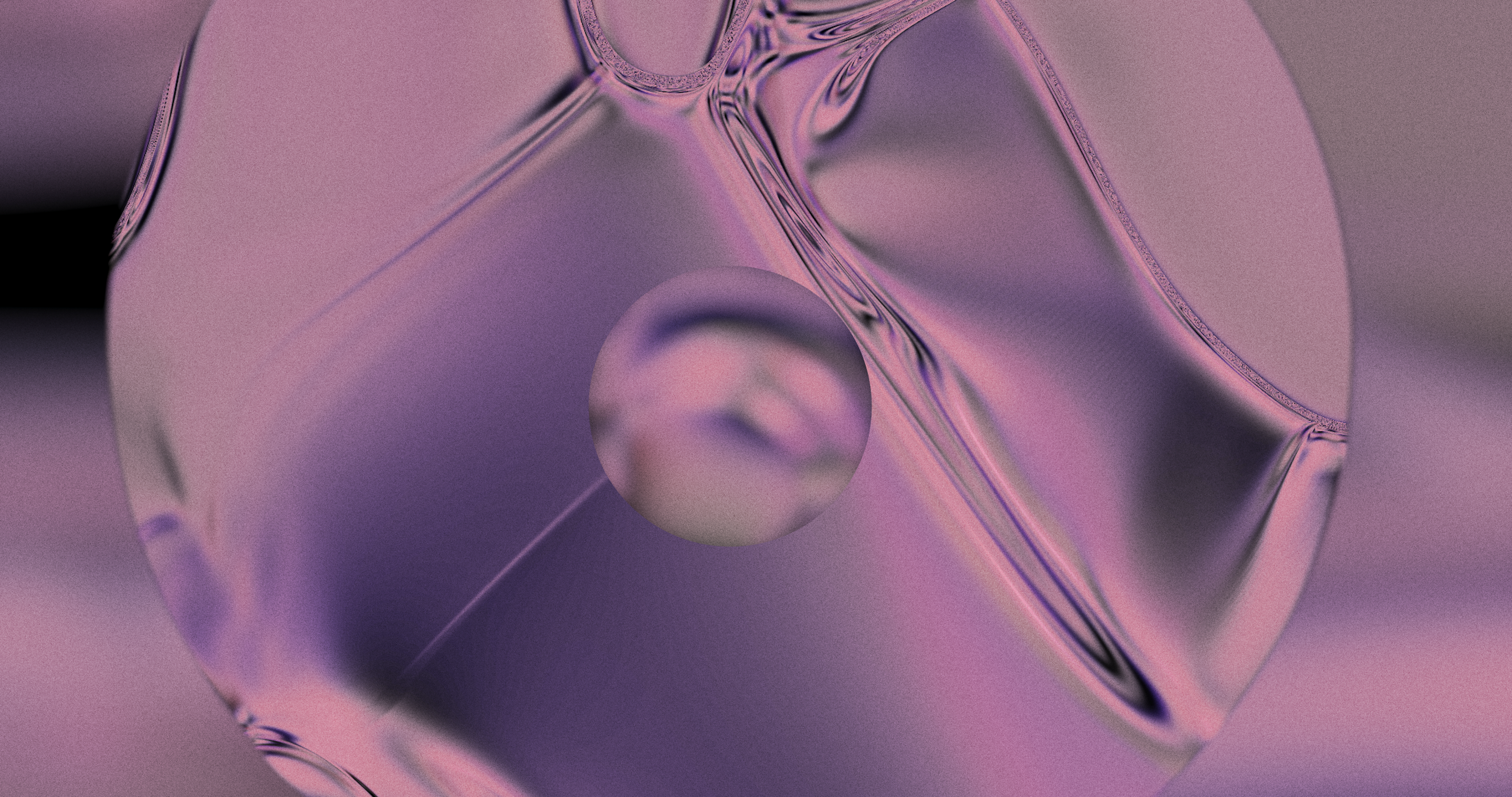Open from Tuesday to Sunday
11 am – 6 pm
Free Entry
Organized in conjunction with the second Solar Biennale presented by mudac and titled Soleil·s, the exhibition HALOS premieres two new productions: अतिथि | Atithi by Sahej Rahal and Interspecies Interfaces (Part II) – Shape of Language by Emilia Tapprest, realized in dialogue with the EPFL scientific community.
- Sahej Rahal, अतिथि | Atithi, 2025
अतिथि | Atithi by Sahej Rahal is an immersive and interactive installation that explores a form of non-human cognition centered on sensory interaction and touch. The word “atithi” means “visitor” in Hindi, but it also refers to a being outside of linear time, unbound by fixed beginnings or endings. In the work, AI-driven tentacles wander through the ruins of an abandoned temple. Each tentacle is a creature that acts as both body and brain, a hybrid of mind and flesh, forming a quasi-sentient collective entity. Visitors can interact with them by touching conductive plates: each tactile gesture triggers a movement-based response from the AI tentacles, creating a nonverbal, haptic dialogue. Every touch performed becomes an utterance to which the creatures respond by swirling, swaying, and scattering in an extra-linguistic conversation across the porous boundaries of myth, machine, mind, and memory.
Sahej Rahal, अतिथि | Atithi, 2025
Audio Reactive AI Simulation, Installation, Brass plates
Commissioned and produced by the EPFL-CDH AiR Program 2025: Enter the Hyper-Scientific.
Exhibition views: © EPFL Enter the Hyper-Scientific; photos: Remy Ugarte Vallejos
Stills: © the artist
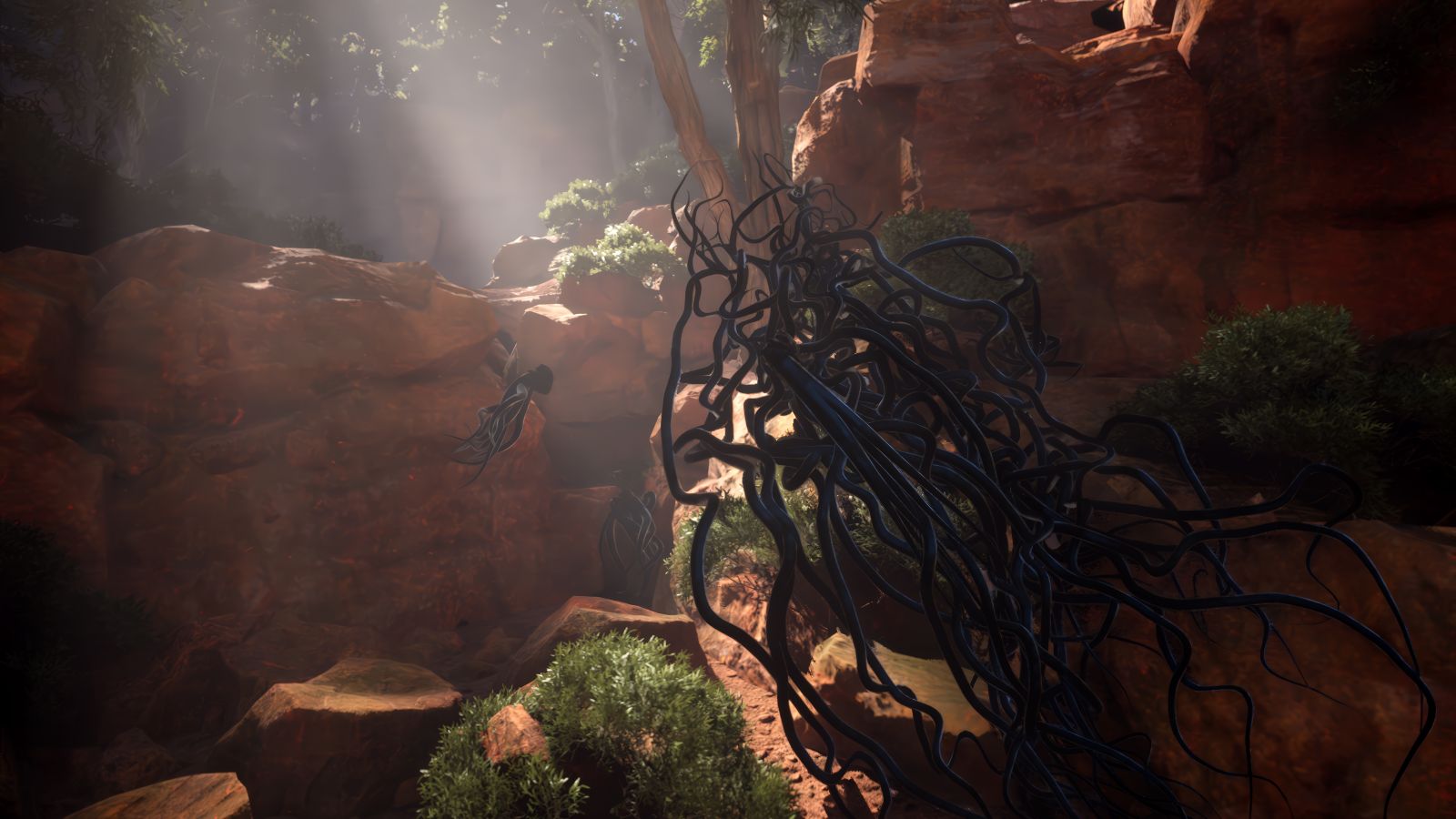
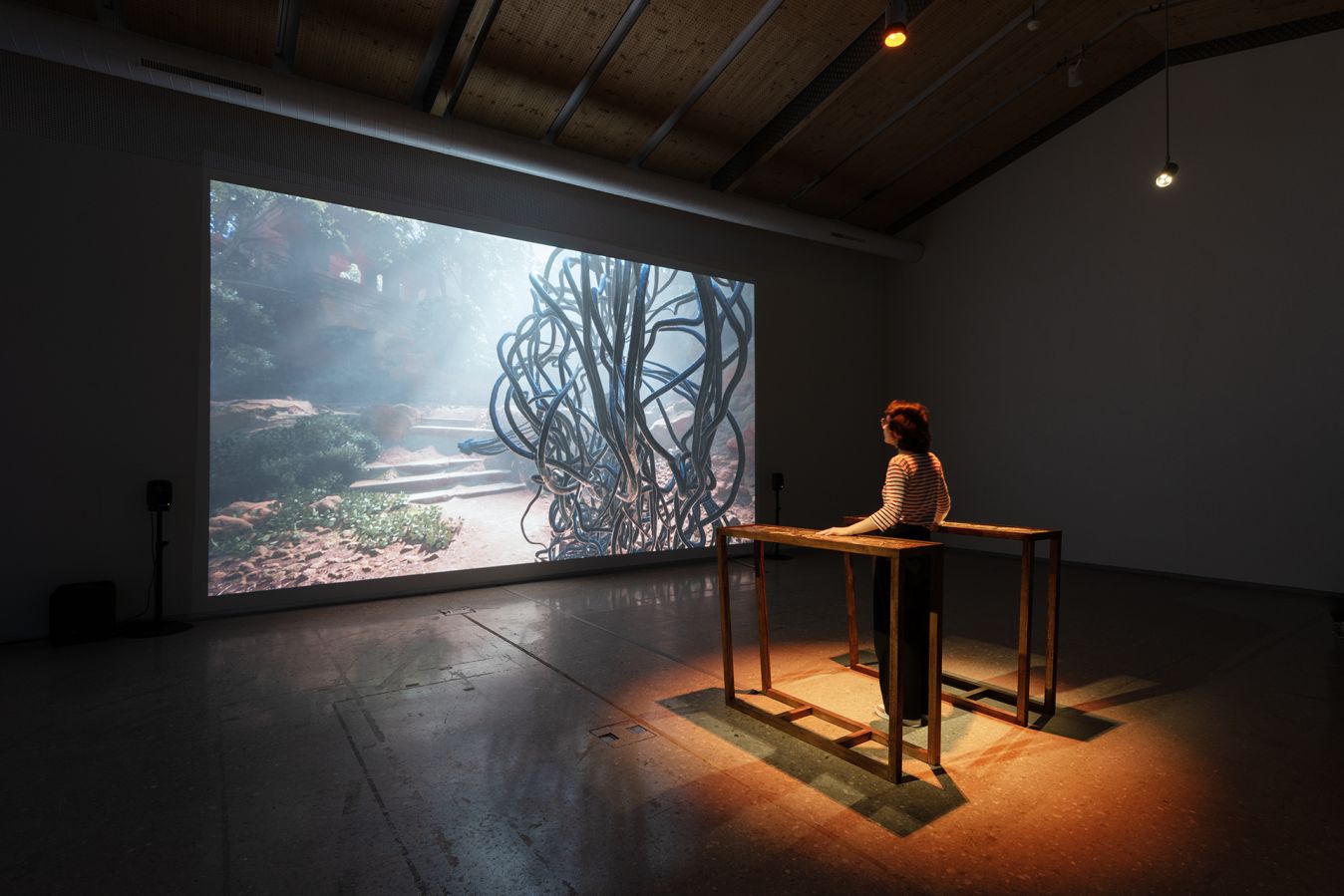
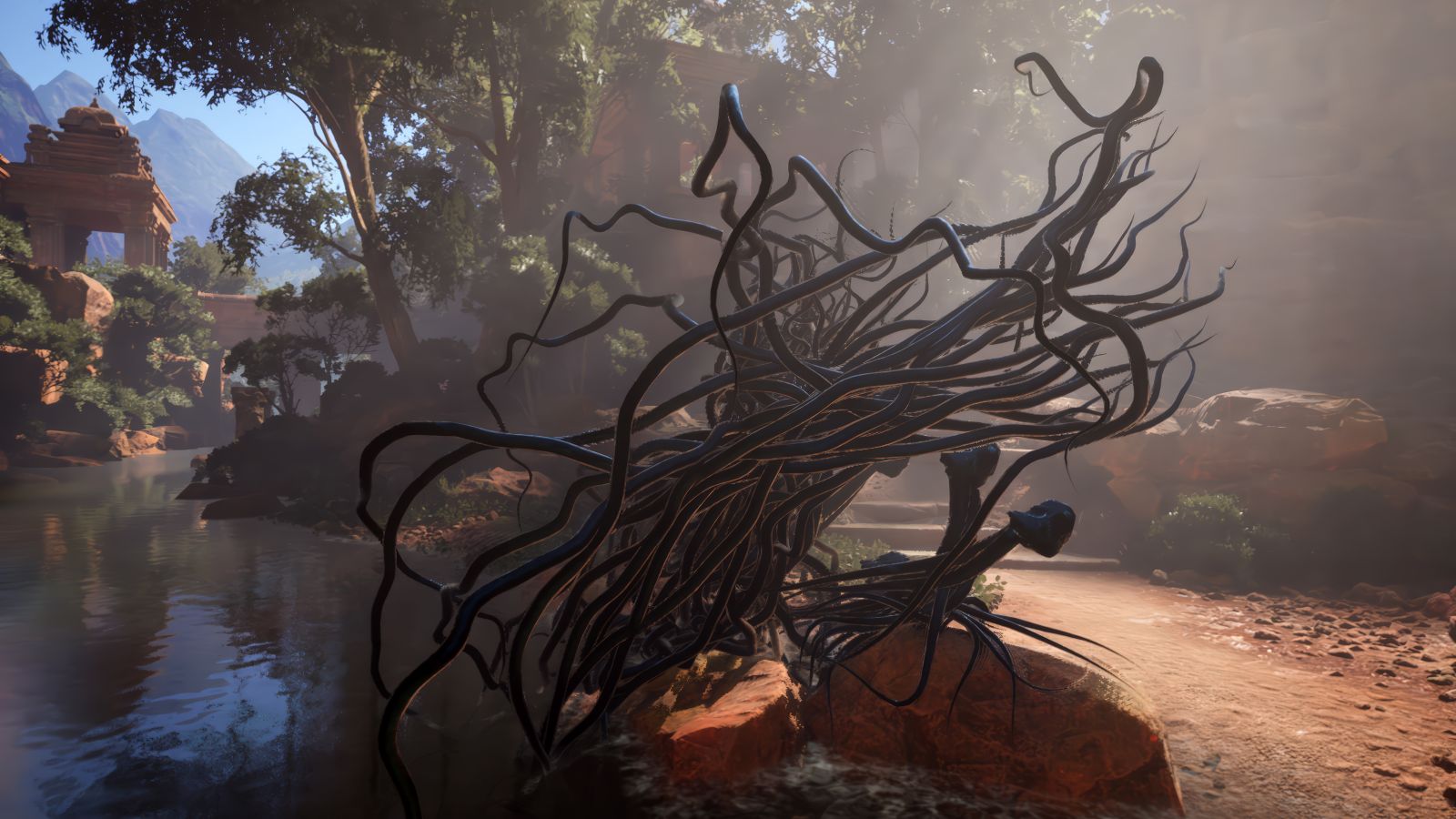
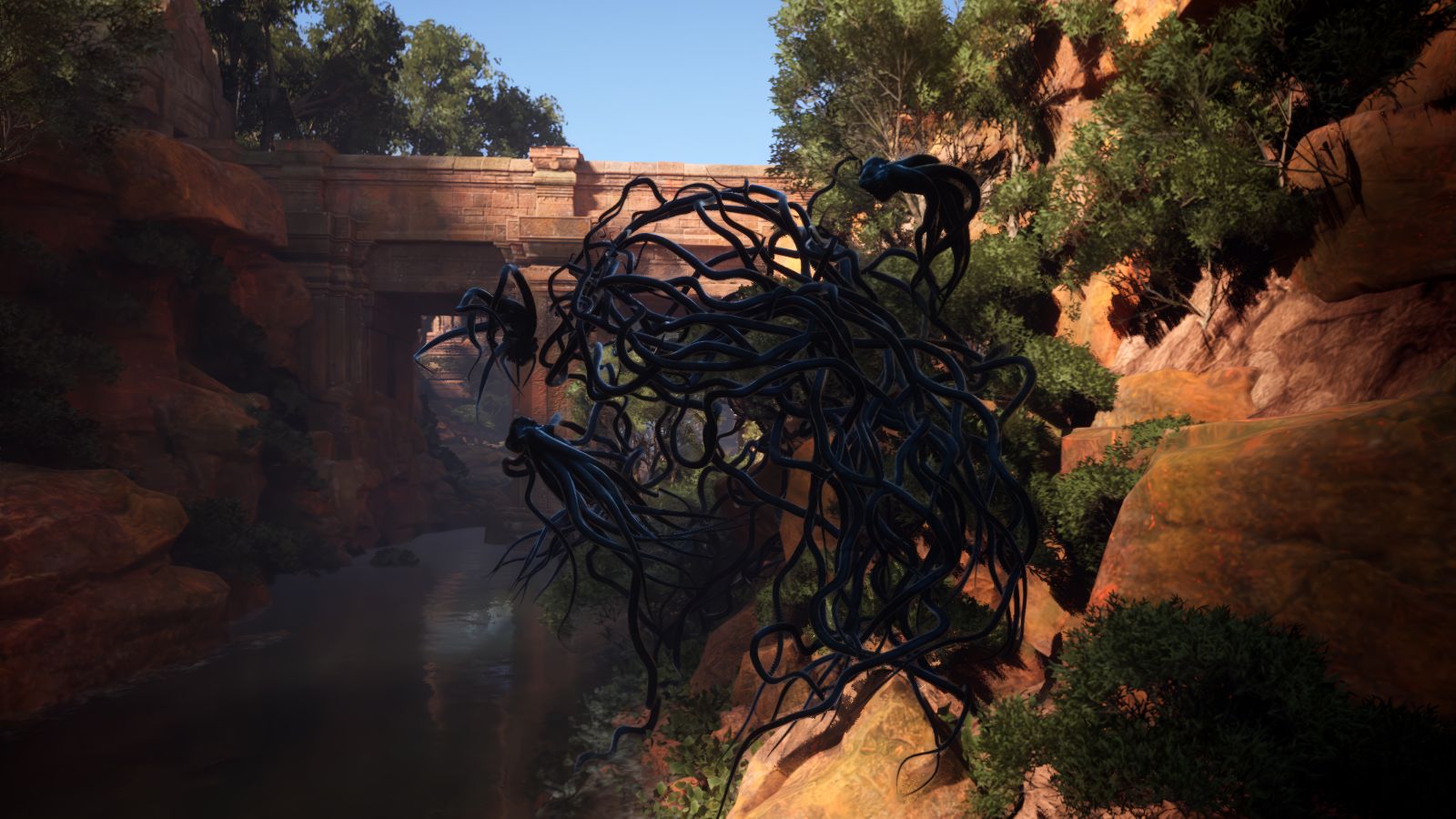
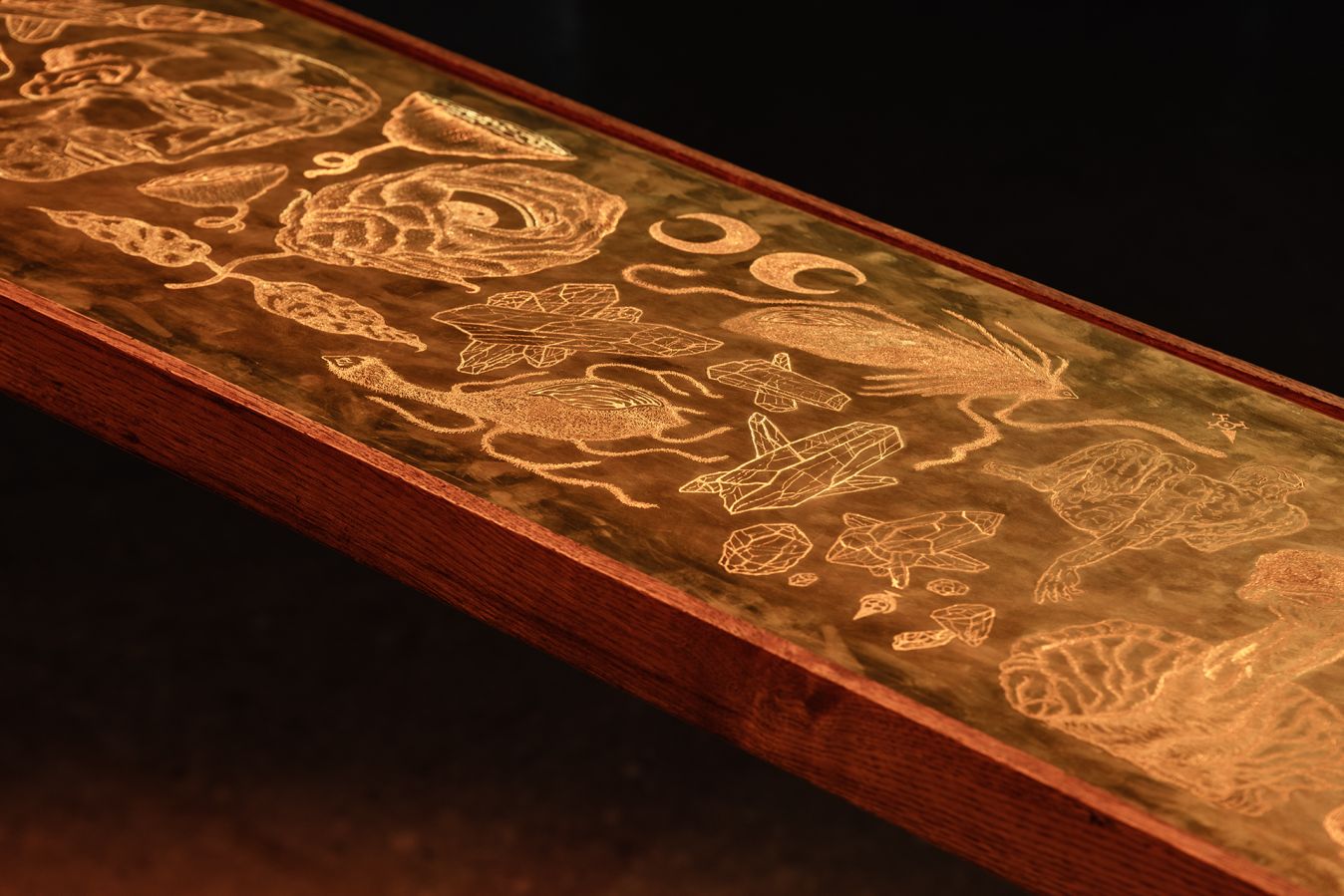

- Emilia Tapprest, Interspecies Interfaces (Part II) – Shape of Language, 2025
In a time when artificial intelligence is increasingly applied to “decode” animal communication, Interspecies Interfaces (Part II) – Shape of Language interrogates the dominant framing of interspecies understanding as a matter of verbal translation. The film investigates how ambient technologies—interfaces that communicate through continuous sensory representations—might open up alternative ways to conduct research on more-than-human minds. Developed in close collaboration with creative technologist Sakander Zirai and composer Studio Øraya, the narration follows a team of scientists trying to map the collective cognitive landscape of eight lab-born fruit bats. As the study unfolds, the scientists find themselves navigating an emergent cognitive field where agency is diffused, and distinctions between human, bat, and machine intelligence begin to dissolve. Grounded in emerging approaches in consciousness research, such as 4E cognition and hyperscanning methods, the inquiry presents a quiet critique of reductionist models of mind, asking whether shared consciousness might emerge through sustained coherence between multiple beings—even across species. Visitors are invited to rehearse unfamiliar modes of perception in an installation that combines an actual ambient neural data display with experimental sound and cinematic depictions of possible futures in scientific research.
Emilia Tapprest, Interspecies Interfaces (Part II) – Shape of Language, 2025
Two-channel video, Interactive display, 25 min.
Commissioned and produced by the EPFL-CDH AiR Program 2024: Enter the Hyper-Scientific, with additional support from the Mondriaan Fund.
Exhibition views: © EPFL Enter the Hyper-Scientific; photos: Remy Ugarte Vallejos
Stills: © the artist
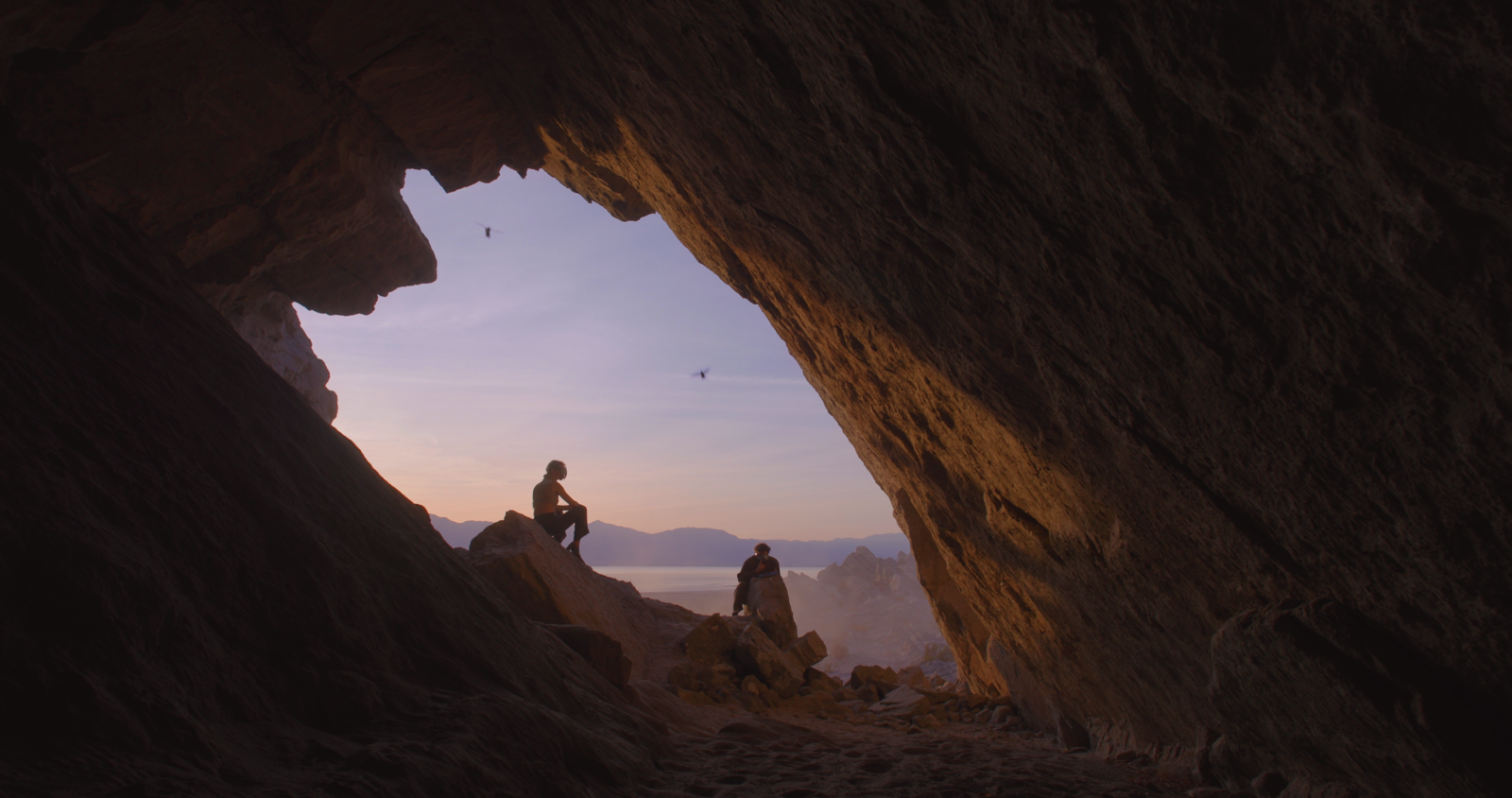

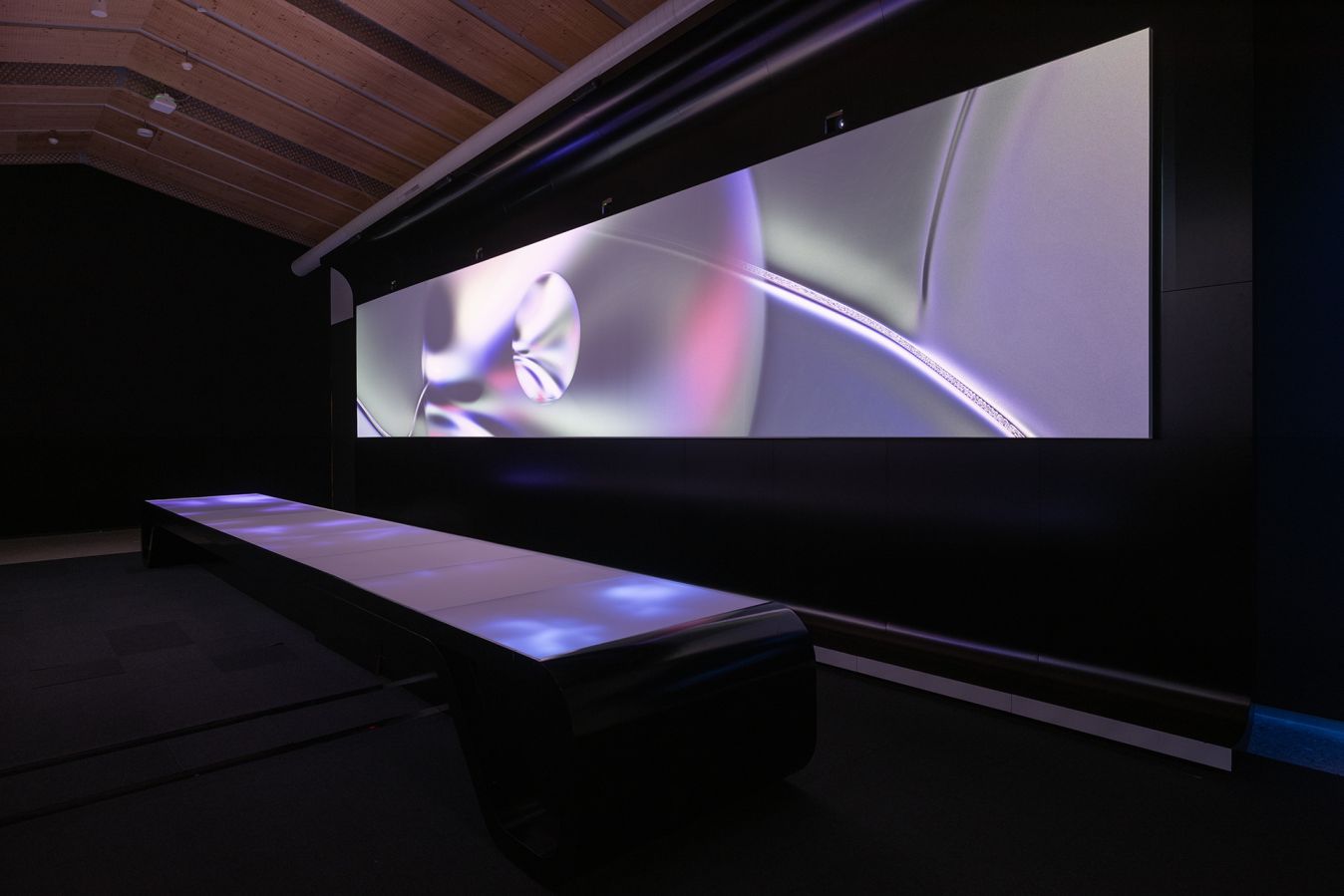
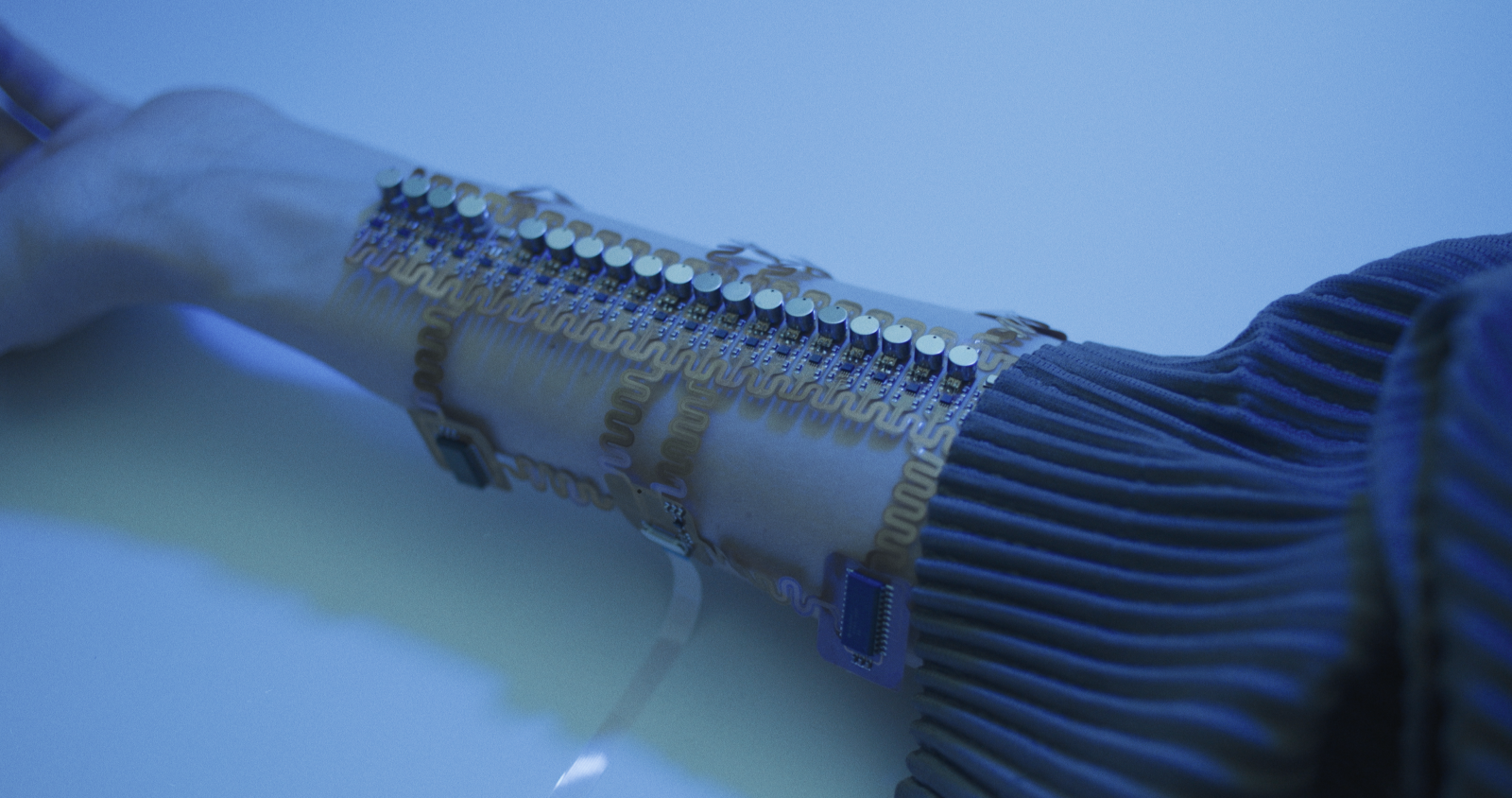
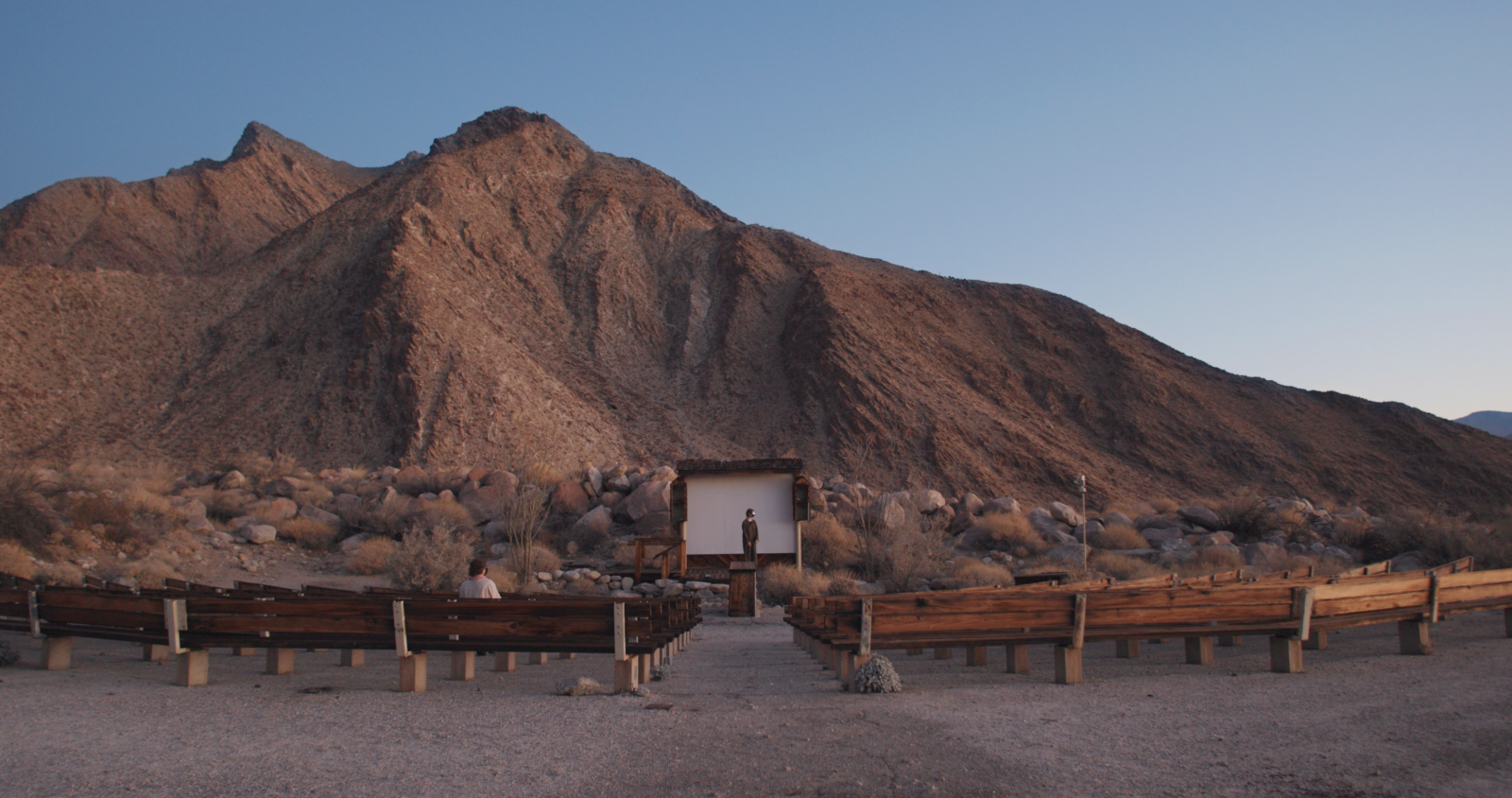
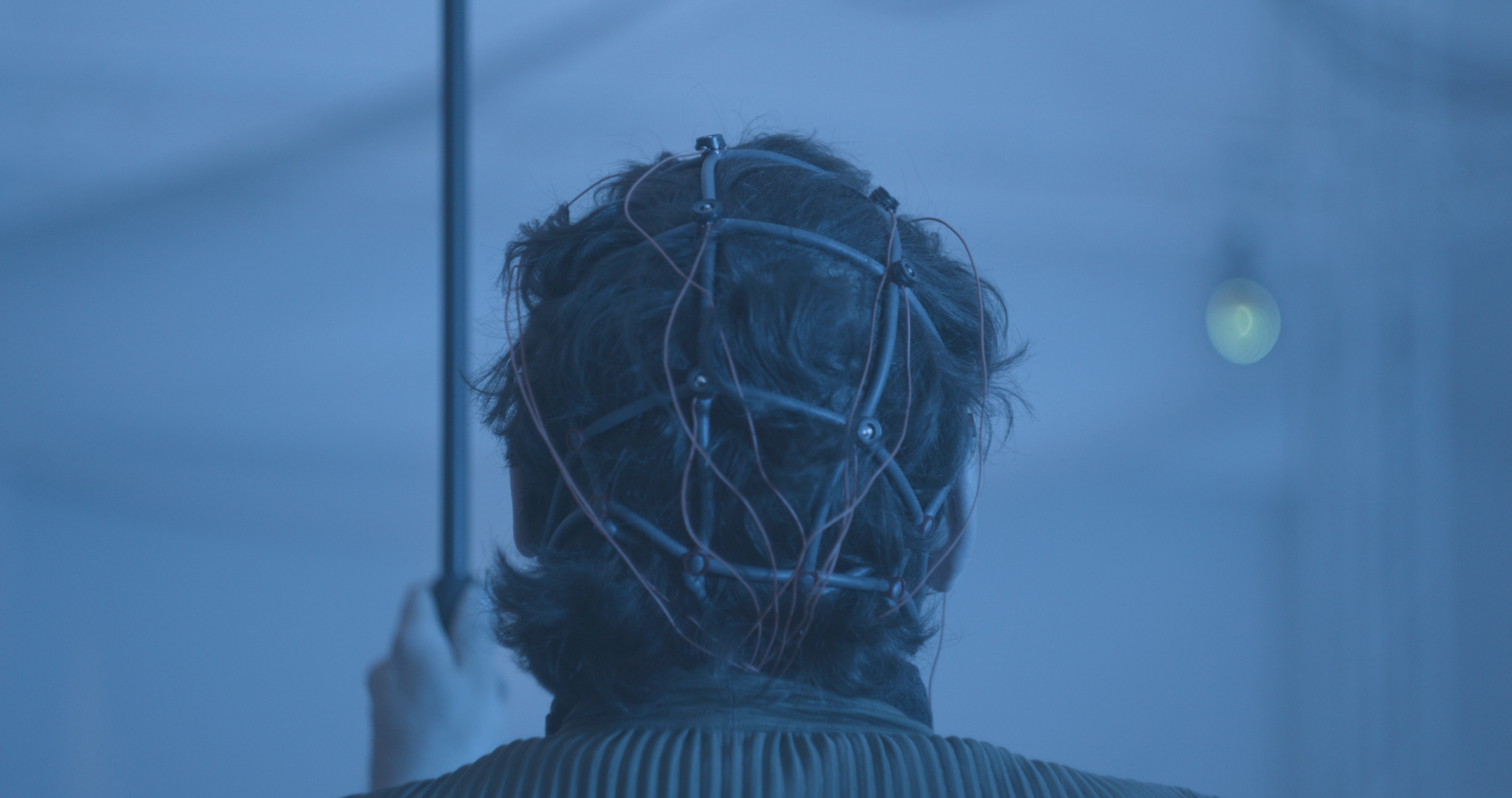
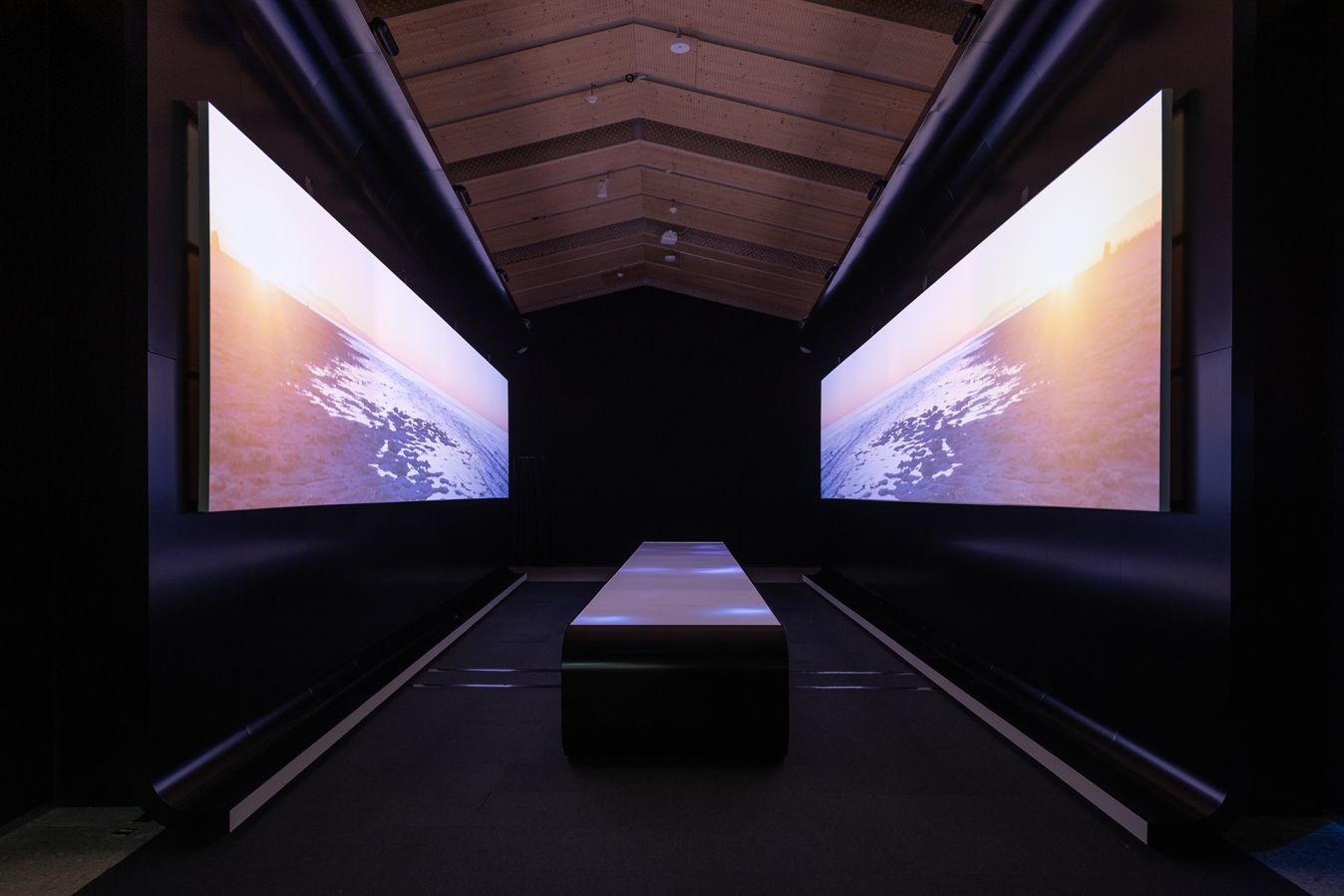
HALOS continues the itinerary of From Solar to Nocturnal, advancing its inquiry into “other suns” to question a solar-centric hierarchy of perception. Just as transitioning to solar and alternative energy sources requires new ways of thinking and designing, reimagining cultural and technological approaches to perceiving the more-than-human world demands a shift in human consciousness. HALOS immerses visitors in a world where artificial intelligence serves as a medium to rethink our bond with the living and the non-human. The exhibition delves into non-verbal intelligences whose cognition unfolds through touch, movement, and atmospheres. Through machinic memory, sensory contact, and interspecies interfaces, HALOS creates spaces where the boundaries between human, animal, and technology dissolve, making room for new forms of shared perception and interconnected existence.
- The Solar Biennale 2
From the spring equinox to the autumn equinox of 2025, mudac will host the second Solar Biennale with the exhibition Soleil·s which will take place in the Plateforme 10 arts district and on the EPFL campus. Launched in 2022 in the Netherlands by designers Pauline van Dongen and Marjan van Aubel, the Solar Biennale provides a platform for reflection on the challenges of solar energy. For this second edition, mudac will broaden the theme by bringing together designers, curators, activists, and researchers to explore expanded perspectives on how to approach ecological transition.
-> www.mudac.ch
- Sahej Rahal
Sahej Rahal is primarily a storyteller. He weaves together fact and fiction to create mythological worlds that unfold within the present and take the shape of sculptures, performances, films, paintings, installations, and AI-simulation programs in which indeterminate beings emerge from the cracks between the real and the imagined. Rahal’s participation in group and solo exhibitions includes Manifesta 2022, the 2021 Gwangju Biennale, Liverpool Biennial, the Kochi Biennale, the Vancouver Biennale, the MACRO Museum Rome, Kadist SF, ACCA Melbourne, and CCA Glasgow. He has received the Cove Park/Henry Moore Fellowship, the Akademie Schloss Solitude Fellowship, and the Sher-Gil Sundaram Arts Foundation Installation Art Grant, and won the Forbes India Art Award for best debut show for Forerunner at Chatterjee & Lal, Mumbai. Most recently he has been awarded the Digital Earth Fellowship and the Junge Akademie Human Machine Fellowship.
- Emilia Tapprest
Emilia Tapprest (NVISIBLE.STUDIO) is a visual artist, filmmaker, and design researcher based in Amsterdam. Her collaborative work explores ways in which systems, interfaces, and more-than-human actors interact with postindustrial subjects in affective and preconscious ways. Tapprest is tutor at the Geo-Design MA at Design Academy Eindhoven and previous resident of the Institute for Advanced study at UvA (2023–24), Rupert AiR (2023), Stimuleringsfonds’ Talent Development program (2021–22), and the Jan van Eyck Academy (2021). Her projects have been presented at platforms such as VISIO European Programme on Artists’ Moving Images, Bologna Art City, Vdrome, MU Hybrid Art House, Kunstverein Schattendorf, and the National Space Centre Ireland.
- Enter the Hyper-Scientific
Initiated by the EPFL College of Humanities (CDH), amplified by EPFL Pavilions, and in partnership with the City of Lausanne, the EPFL-CDH Artist-in-Residence (AiR) Program “Enter the Hyper-Scientific” fosters transdisciplinary encounters and collaborations between artists and EPFL’s scientific community. The program invites international artists, for three-month residencies to realize innovative and visionary projects at the intersection of art, science, advanced technologies, and the humanities.
- Dates
05.06.2025
Opening Sahej Rahal and Emilia Tapprest
6 pm at EPFL Pavilions – Pavilion A
Dates of the exhibition: 06.06–29.06.2025
